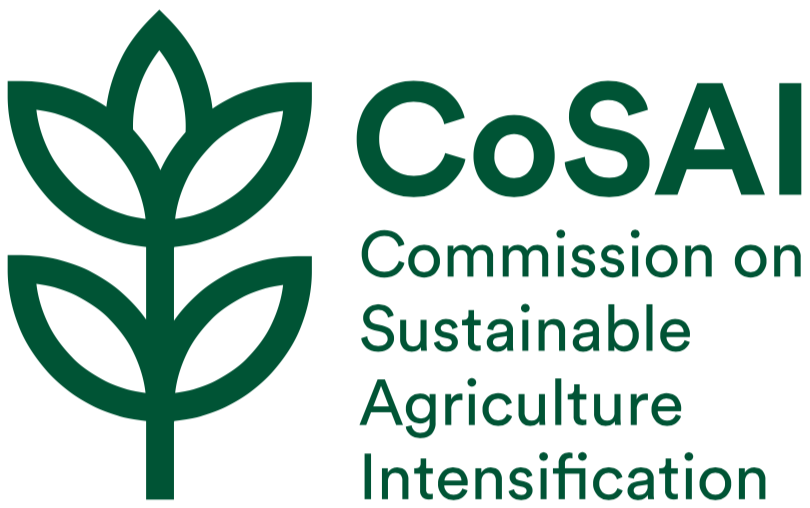Closing a modest investment gap will put hunger, climate and water action back on track to meet global goals
Ver los resultados en:
https://tapipedia.org/sites/default/files/p4336_cosai_brief_2_igs_v1.pdf

Licencia de recurso:
Derechos sujetos al permiso del propietario
Tipo:
informe
Autor (es):
Commission on Sustainable Agriculture Intensification (CoSAI)

Año de publicación:
2021
Palabras clave:
investment
investment gap
zero hunger
Recursos relacionados
Priority investments for innovation in urban and peri-urban agriculture (UPA) and food systems in the Global South
By 2050, it is projected that nearly 70% of the global population will live in urban areas – up from 55% today. How can towns and cities be fed sustainably? And what does this urban growth mean for innovation priorities?...
Año de publicación:
2022Autor (es):
Commission on Sustainable Agriculture Intensification (CoSAI)
- Upload file
COVID-19 impacts on women fish processors and traders in sub-Saharan Africa
The COVID-19 pandemic and accompanying responses to mitigate this global health crisis have resulted in substantial disruptions to demand, production, distribution and labor in fisheries, aquaculture and food systems. These disruptions have severely impacted women processors and traders, who play...
Año de publicación:
2021Autor (es):
Atkins M.
Mcdougall C.
Cohen P. J.
- Upload file
Small-scale farmer innovation systems. A review of the current literature
This policy brief consolidates lessons learned from an in-depth literature review on small-scale farmer (SSF) innovation systems and a two-day expert consultation on the same topic, hosted in Geneva by Quaker United Nations Office (QUNO) in May 2015. This review...
Año de publicación:
2015Autor (es):
Bragdon, S. H.
Smith, C.
- Link to web resource
Inclusive, balanced, demand-led partnerships for ARD: A consultative process
This document presents a summary of the main findings of sector and multi-stakeholder consultations conducted by the Platform for African European Partnership on Agricultural Research for Development (PAEPARD) during 2010-2012. It provides recommendations for the sustainable establishment of partnerships in...
Año de publicación:
2016- Link to web resource
Renforcement des capacités aux fins de la recherche agricole pour le développement : une collaboration axée sur les résultats
Ce document analyse de façon critique deux interventions majeures identifiées pour mettre en œuvre la stratégie de renforcement des capacités de PAEPARD. La première intervention est la formation d’un vivier de facilitateurs de l’innovation agricole (FIA) pour assurer une médiation...
Año de publicación:
2018Autor (es):
Hawkings R.
Ekong J.
Nampala P.
Stepman F.
- Link to web resource
